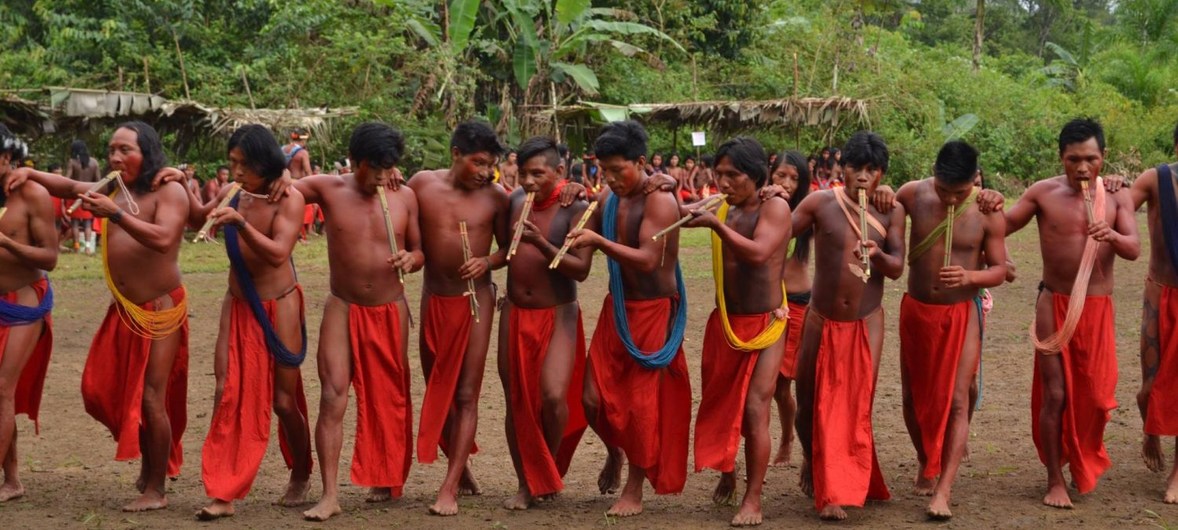
Amnesty International cautioned May 10 against potential threats to indigenous peoples’ rights in the monitoring process for progress towards the Global Biodiversity Framework. The organization emphasized the imperative for states to engage in consultations with indigenous communities and secure their “free, prior, and informed consent” in conservation projects, in line with the Universal Declaration on the Rights of Indigenous Peoples.
According to Chris Chapman, Amnesty International’s advisor on indigenous rights:
We are concerned that the monitoring framework as proposed fails to protect the rights of Indigenous Peoples adequately, nor does it recognize the essential and unique role these communities play in preserving biodiversity. This raises the risk of facilitating “fortress conservation” methods where original inhabitants, who are often Indigenous Peoples, are forcibly evicted from protected areas.
The Kunming-Montreal Global Biodiversity Framework (GBF) is an agreement unanimously adopted by 196 nations during the UN Biodiversity Conference in December 2022. The framework presents a roadmap for creating a world that co-exists peacefully with nature. The GBF includes four 2050 goals and 23 targets for 2030, intended to slow down and reverse biodiversity loss, while harmonizing with the Sustainable Development Goals and building on earlier Strategic Plans under the Convention on Biological Diversity.
Whereas the framework recognizes that the land belonging to indigenous peoples and local communities should be categorized as a distinct section of a given conservation area, the monitoring process does not adequately address this distinction. Amnesty International states that this must be amended during the talks on the proposed monitoring framework, set to open in Nairobi, Kenya.
Amnesty’s call for prioritizing the rights of indigenous peoples in biodiversity monitoring is supported by research findings that highlight the effectiveness of indigenous communities as environmental stewards. Various indigenous groups have put forth metrics based on traditional knowledge to evaluate community well-being, efforts in safeguarding land rights, and indigenous involvement in decision-making processes.
From Jurist, May 12. Used with permission.
See our last reports on the Global Biodiversity Framework and examples of “fortress conservation” in East Africa.
Photo of Wajãpi indigenous people in Brazil via Mongabay




